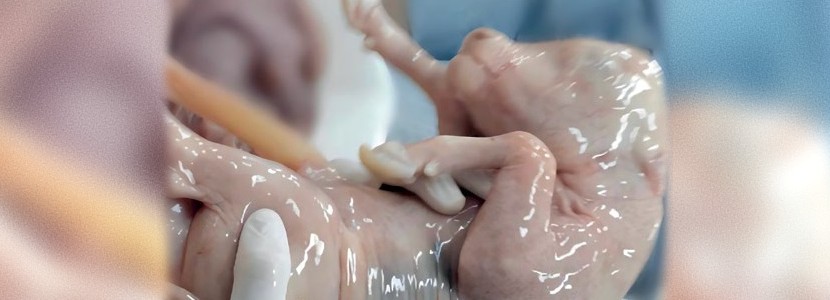Fetal programming is an important aspect in high yield dairy cows. In cows, fetal development in early stages is influenced by exogenous factors such as:
- Food consumption
- The mother’s energy at birth
- Hormone and antibody levels
- The productive management of the mother (Banos et al., 2007)
In recent decades, milk production has increased, partly due to improvements in cow feeding and, in part, due to genetic selection of cows with greater milk yields. These in turn, breed offspring that manage to exceed maternal production (Berry et al., 2008).
- However, it is not well known if all the offspring from the same cow receive the same genetic inheritance.
| Due to the effect of fetal programming, development will not be the same for an individual bred in an environment with an adequate supply of nutrients, than that of a fetus whose mother is producing high volumes of milk or has poor nutrition |
Berry et al. (2008) suggest that prenatal conditions experienced by the bovine fetus could affect the animal’s productive performance and health as an adult.
- Therefore, the resulting phenotype, in addition to being related to the genotype of the animal, can also be influenced by the modifications suffered in the genome. Resulting in a specific “epigenotype” (Rijnkels et al. , 2010).
Figure 1. Milk production curve
Materials and methods
A retrospective study was carried out with a database that has productive and reproductive records of lactations reported by 1131 dairy farms in the Province of Buenos Aires (Argentina) between 1981 and 2011. These production units are members of ARPECOL (Association of Pampas Regional Dairy Control Entities).
For each lactation, the accumulated milk production at 150 days in milk (DIM) was calculated using the trapezoid formula. In order to make a valid comparison between lactations, the value of milk liters in each registered milk control was standardized to 3.5% GB.
As a reproductive indicator, the breeding interval (BI), expressed in days, was calculated and the quartiles were estimated:
Therefore, the analyzed lactations where those in which productive and reproductive indicators could be calculated (73,921 mothers, 84,749 lactations). As well as the successive lactations of female offspring born in the lactation being considered(85,019 daughters).
Results
The accumulated milk production at 150 Days in milk of the daughters decreased quadratically as the number of pregnancies of the mother increased (P <0.01, Figure 2).
Figure 2. Accumulated milk production in 150 d for heifers born from the first to the eighth gestation
Figure 3. Milk production from heifers wich were conceived at 50, 100, 150 or more than 150 days in milk
Discussion
This study showed that females which were conceived in the absence of lactation produced more milk during their first lactation than those whose mothers were lactating at the time of conception.
Those calves gestated during the mother’s lactation, compete with the mammary gland for nutrients. This does not allow them to receive the necessary nutrient supply for their normal development.
- However, when comparing daughters of cows that were conceived in the same DIM but with different energy production through the mammary gland, no significant differences in production were found.
Evidence from this study may suggest that nutrient supply for the fetus is more limited in the lactating cow compared to a heifer which continues to grow.
Probably, the fact that primiparous mothers breed offspring with better yields is due to the fact that gestation takes place in an intact uterine environment. With no previous effects of past births including potential bacterial contamination.
Gonzalez-Recio et al. (2012) showed that females which were conceived by non-lactating cows had a longer productive lifespan than those whose mothers were lactating. In addition to this, the protein and fat concentration of milk was higher in firstborns.
Conclusions
[/register]
Continue reading “Understanding nitrogen utilization in milk cows”
